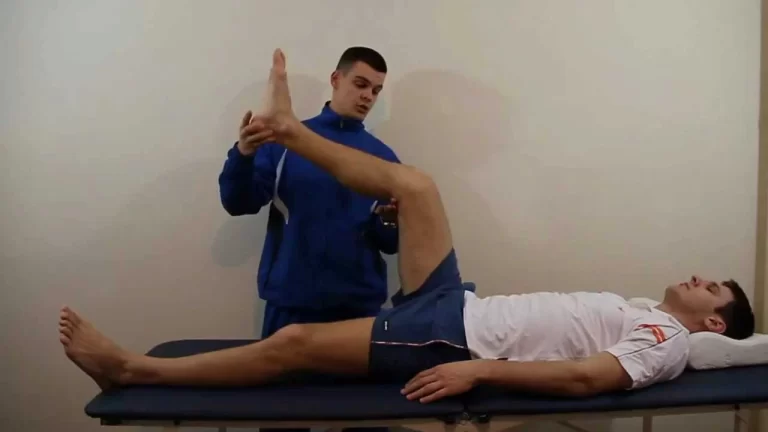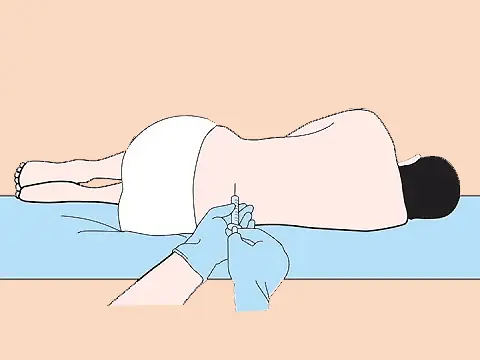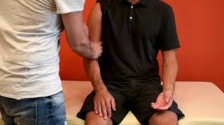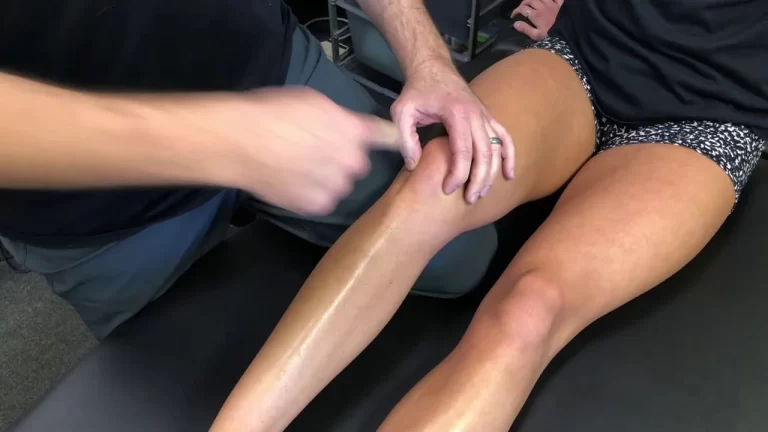Stress test of the sacroiliac joint:
- These tests are applied to the clinic to check the dysfunction of the SI joint.
- These tests are applied to the stress on the SI joint.
- These clinical tests are applied by therapists when the patient is complaining about pelvic & lower back pain.
Name of the Stress test of the sacroiliac joint:
- Prone gapping test
- Squish test
- Superior-inferior symphysis pubic stress test
- Thigh thrust test
- Torsion stress test
Prone gapping test:
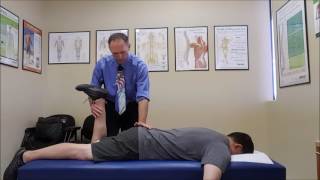
- This test is also known as the Hibb’s test.
- The posterior sacroiliac ligaments may be stressed with the patient in the prone position.
- Purpose = This prone gapping test is used to check the integrity of the posterior sacroiliac ligament.
- Technique = To perform the test, the patient’s hip must have full ROM & be pathology-free.
- The patient lies prone for the test.
- The examiner [ therapist ] stabilizes the pelvis with his or her chest.
- The patient’s knee is flexed to 90′ or greater,& the hip is medially rotated means internally rotated as far as possible.
- While pushing the hip joint into the very end of the medial rotation, the examiner [ therapist ] palpates the sacroiliac joint on the same side.
- The test is repeated on the other side, with the examiner comparing the degree of opening & the quality of the movement at each sacroiliac joint as well as stressing the posterior sacroiliac ligament.
Squish test:
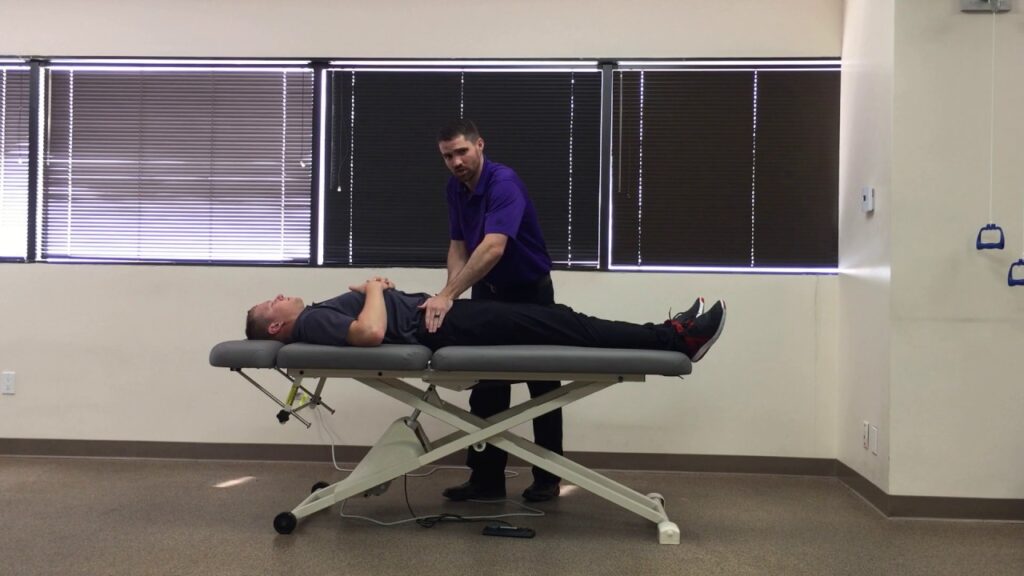
- Purpose = This squish test is used to check the integrity of the posterior sacroiliac ligament.
- Technique = The patient in the supine position for the test.
- The examiner [ therapist ] places both hands on the patient’s ASIS = anterior superior iliac spine & iliac crest & pushes down & in at a 45′ angle.
- This movement tests the posterior sacroiliac ligaments.
- Result = A positive test is indicated when the patient is feeling the pain.
Superior-inferior symphysis pubic stress test:
- Purpose = This superior symphysis pubic stress test is used to check the pain of the symphysis pubic.
- Technique = The patient in the supine position for the test.
- The examiner [ therapist ] places the heel of the help of one hand over the superior pubic ramus of one pubic bone & the heel of the other hand over the inferior pubic ramus of the other pubic bone.
- The examiner then squeezes the hands together, applying a shearing force to the symphysis pubic.
- Result =Production of pain in the symphysis pubic is considered a positive test.
Thigh thrust test:
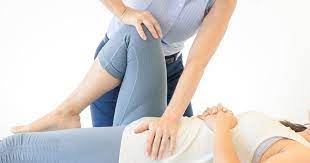
- This test is also known as the sacrotuberous stress test / POSH posterior shear test.
- Purpose = This thigh thrust test is used to check the pain in the sacroiliac joint.
- Technique = The patient lies supine while the examiner [ therapist ] passively flexes the hip on the test side to 90′.
- With the help of one hand palpating the sacroiliac joint, the examiner [ therapist ] thrusts down through the knee joint & hip joint on the text side.
- Result = Pain in the sacroiliac joint on thrusting is a positive test.
Torsion stress test:
- The patient lies in the prone position for the test.
- The examiner [ therapist ] palpates the spinous process of L5 with one thumb holding it stable.
- The examiner’s [ therapist’s ] other hand is placed around the anterior ilium on the opposite side & lifts the contra lateral ilium.
- The rotational movement stresses the lumbosacral ligaments & the sacroiliac joint.

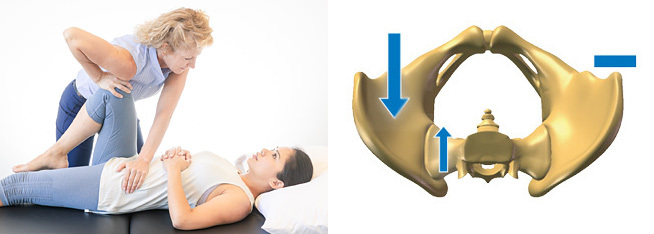
![Test for tight retinacular [ collateral ] ligaments.](https://mobilephysiotherapyclinic.in/wp-content/uploads/2022/02/test-for-tight-retinacular-ligaments.jpg)
